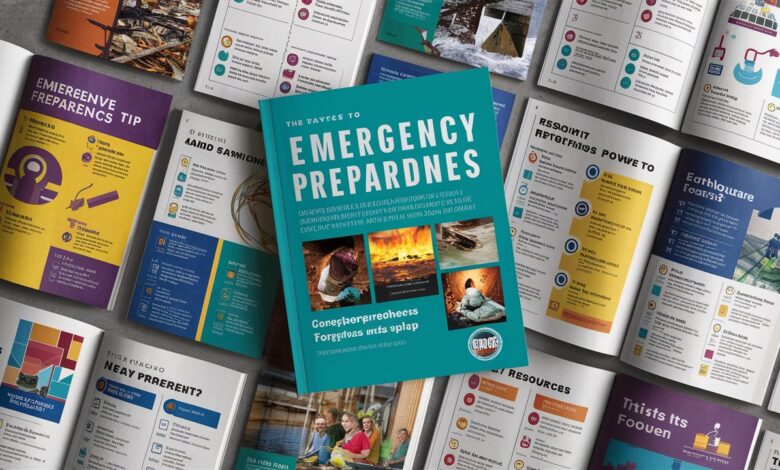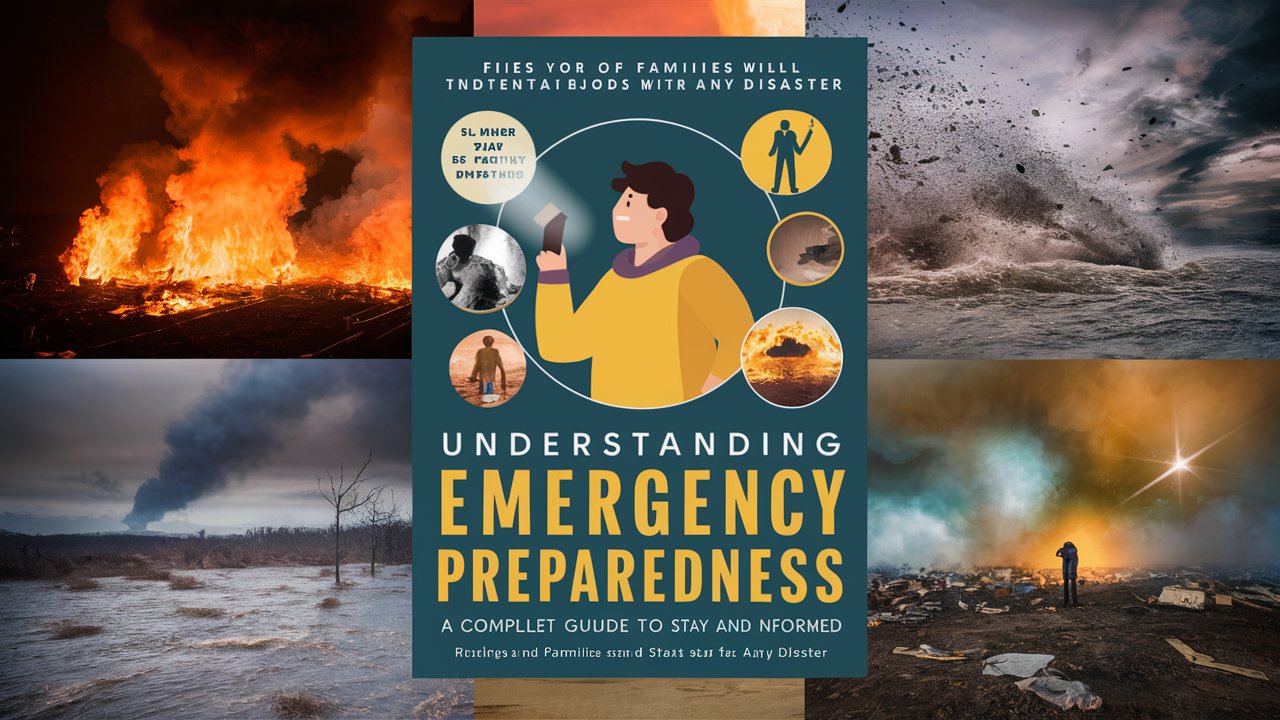Understanding Emergency Preparedness: A Complete Guide to Stay Safe and Informed

In today’s unpredictable world, emergencies can happen without warning. From natural disasters to health crises, accidents, or unexpected events, being prepared is not just a recommendation—it is a necessity. Emergency preparedness ensures that individuals, families, and communities are equipped to respond quickly and effectively, minimizing damage and safeguarding lives. This guide provides a comprehensive overview of emergency strategies, supplies, planning, and communication to help you stay resilient under any circumstances.
What is an Emergency and Why Preparedness Matters
An emergency is any unforeseen event posing an immediate threat to life, property, or the environment. Common emergencies include earthquakes, floods, wildfires, power outages, medical emergencies, and public health crises. Preparedness is crucial because it:
-
Reduces panic by providing clear action steps.
-
Protects lives and property through advanced planning.
-
Ensures faster recovery after an event.
-
Improves community resilience by fostering cooperation and support.
Creating a Comprehensive Emergency Plan
1. Assess Risks in Your Area
Understanding local risks is the foundation of any emergency plan. Research your region’s vulnerability to natural disasters or industrial hazards. For instance, coastal areas should prioritize flood and hurricane preparedness, while seismic zones should focus on earthquake safety.
2. Establish Communication Protocols
During emergencies, communication systems may fail. Prepare by:
-
Choosing a designated family meeting point.
-
Sharing emergency contact numbers.
-
Using text messages or emergency apps for updates.
-
Identifying an out-of-town relative as a point of contact.
3. Develop an Evacuation and Shelter Strategy
Know your community’s evacuation routes and nearest shelters. Practice evacuation drills with family members. If sheltering at home, stockpile food, water, and supplies to last at least 72 hours.
Essential Emergency Supplies to Stockpile
A well-prepared emergency kit can make a life-saving difference. Key items include:
-
Water: At least one gallon per person per day for three days.
-
Non-perishable food: Canned goods, energy bars, and dry snacks.
-
First-aid kit: Bandages, antiseptics, pain relievers, and prescription medications.
-
Flashlights and batteries: For lighting during power outages.
-
Portable chargers or power banks: To keep devices operational.
-
Multi-tool and whistle: For signaling and minor repairs.
-
Important documents: IDs, insurance papers, and emergency contacts in waterproof bags.
-
Personal hygiene products: Soap, hand sanitizer, feminine products, and masks.

Emergency Preparedness for Specific Situations
Natural Disasters
-
Earthquakes: Secure heavy furniture, identify safe zones under sturdy tables, and keep shoes near your bed to avoid injury from broken glass.
-
Floods: Elevate appliances, store valuables on higher floors, and never drive through flooded areas.
-
Wildfires: Create defensible space around your home, prepare fire-resistant clothing, and keep evacuation kits ready.
Medical Emergencies
Learn basic first aid and CPR. Keep a list of nearby hospitals and emergency numbers. Having a stocked medical kit ensures faster response before professional help arrives.
Power Outages
Maintain a backup power source like a generator. Keep refrigerators closed to preserve food and use candles or battery-powered lights safely to prevent fire hazards.
Building Community Preparedness
Individual preparedness is essential, but community-level planning amplifies safety. Participate in neighborhood emergency response groups, volunteer for local safety drills, and share resources with neighbors. Building a network ensures mutual support during crises.
The Role of Technology in Emergency Management
Modern tools can significantly improve emergency response:
-
Alert apps and government notifications keep you updated in real-time.
-
Mapping tools help navigate safe routes during evacuations.
-
Social media platforms can connect you with support networks.
Investing in these resources can reduce confusion and enhance your ability to act swiftly.
Emergency Preparedness for Businesses
Organizations must prioritize workplace emergency planning:
-
Develop evacuation maps and conduct regular drills.
-
Train staff in first aid and crisis communication.
-
Back up critical data to ensure business continuity.
-
Create contingency plans for supply chain disruptions.
Businesses that prepare well not only safeguard employees but also maintain customer trust during disruptions.
Maintaining and Reviewing Your Emergency Plan
An emergency plan is not a one-time effort. Review and update it annually or after major life changes like moving homes, having a baby, or starting a new job. Replace expired supplies in your emergency kit and practice drills to keep everyone familiar with procedures.
Conclusion: Stay Prepared, Stay Safe
Emergencies can strike when least expected, but preparedness turns fear into action. By creating a solid emergency plan, stocking essential supplies, and staying informed, you can protect yourself, your family, and your community. Preparedness is not just a personal responsibility—it is a collective effort that strengthens resilience and saves lives.
Frequently Asked Questions (FAQ)
1. How often should I update my emergency kit?
Update your kit every six months and check for expired food, medications, or batteries.
2. What is the first step in emergency planning?
Identify the specific risks in your area and tailor your plan accordingly.
3. Should I involve children in emergency drills?
Yes. Teach children age-appropriate safety procedures to reduce fear and confusion.
4. Can technology replace traditional emergency preparedness?
Technology is a helpful tool but should complement—not replace—basic preparedness measures.
5. How much water should I store for emergencies?
Store at least one gallon per person per day for three days, more if possible.



